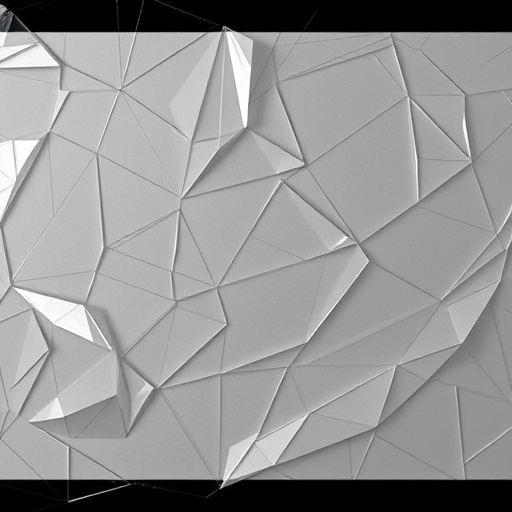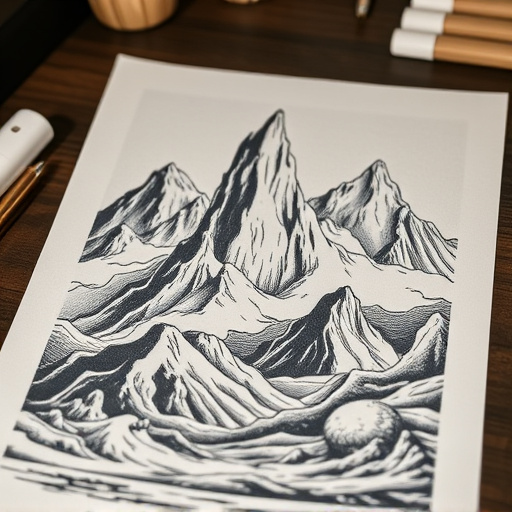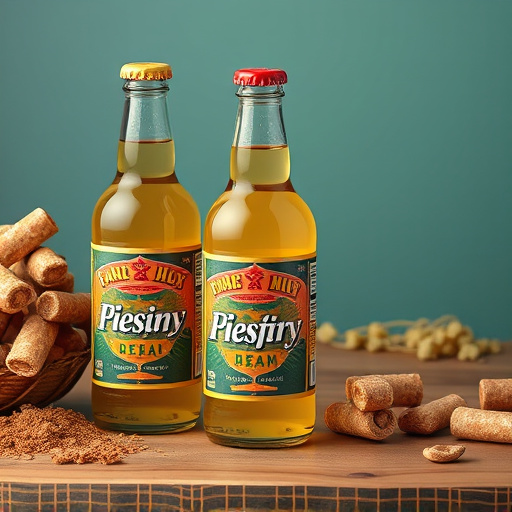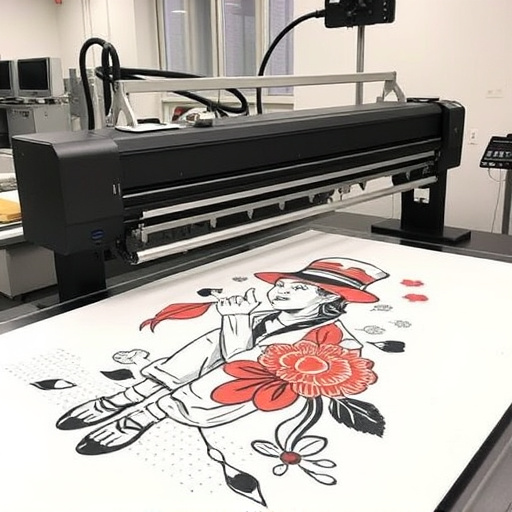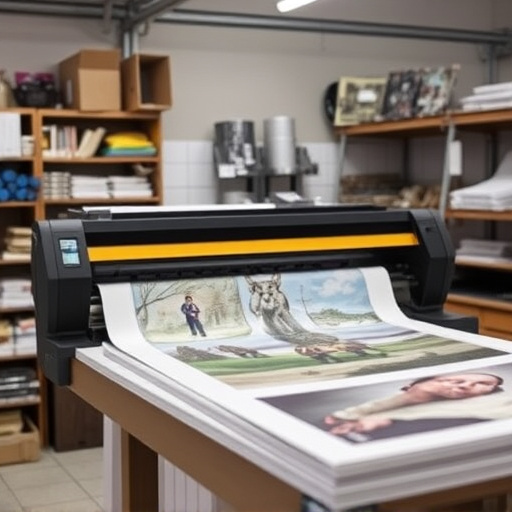Direct-To-Fabric (DTF) printing is a modern technique for creating custom graphic tees and apparel, offering unparalleled versatility and quality. It allows direct ink application onto dark fabrics without pre-printing, using water-based or solvent-based inks cured with precision print heads. DTF's key advantages include handling diverse fabrics, easy application/removal via cold peel transfers, and precise heat pressing for intricate designs. Selecting high-quality, heavy-weight dark cotton fabric ensures durable, crisp prints; deep tones enhance contrast. Mastering DTF printing requires understanding its unique properties, starting with high-quality garments, pre-treating fabric, using vector graphics, and investing in a reliable printer. Experimenting with reactive inks yields the best colors on dark fabrics.
Discover the captivating art of printing on dark cotton fabrics using the cutting-edge DTF (Direct-To-Fabric) technique. This innovative process allows for vibrant, high-contrast designs that once seemed impossible. In this comprehensive guide, we’ll explore the intricacies of DTF cotton printing, from understanding its technical underpinnings to selecting the perfect dark fabric and mastering the printing process. Uncover tips and techniques to achieve stunning results, revolutionizing your textile design journey.
- Understanding DTF (Direct-To-Fabric) Printing: A Technical Overview
- Choosing the Right Dark Cotton Fabrics for Maximum Contrast
- Mastering the DTF Process: Tips and Techniques for Success
Understanding DTF (Direct-To-Fabric) Printing: A Technical Overview
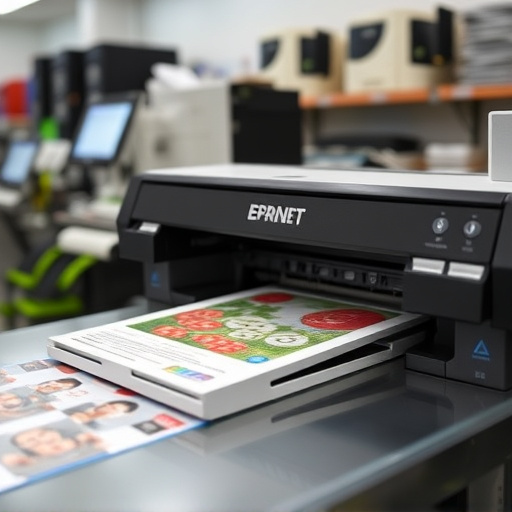
Direct-To-Fabric (DTF) printing is a cutting-edge technique that has revolutionized the way custom graphic tees and other apparel items are designed and produced. Unlike traditional methods, DTF for cotton printing allows for direct application of ink onto dark fabrics without the need for pre-printing or special preparation. This process involves using specialized inks and techniques to adhere to the fabric’s surface, ensuring vibrant colors and crisp details. The method includes applying a thin layer of water-based or solvent-based ink onto the fabric using a precision print head, followed by a rapid curing process that sets the ink permanently.
One of the key advantages of DTF for custom graphic tees is its versatility. It can handle a wide range of fabrics and colors, including dark cotton. Additionally, the cold peel DTF transfers ensure easy application and removal, making it suitable for both small-scale and large-scale production runs. Custom sheets for heat pressing designs further enhance the process by providing precise templates for applying intricate patterns and graphics onto garments. This technology not only offers exceptional quality but also streamlines the production process, making it an attractive option for businesses seeking to create unique, high-impact apparel.
Choosing the Right Dark Cotton Fabrics for Maximum Contrast
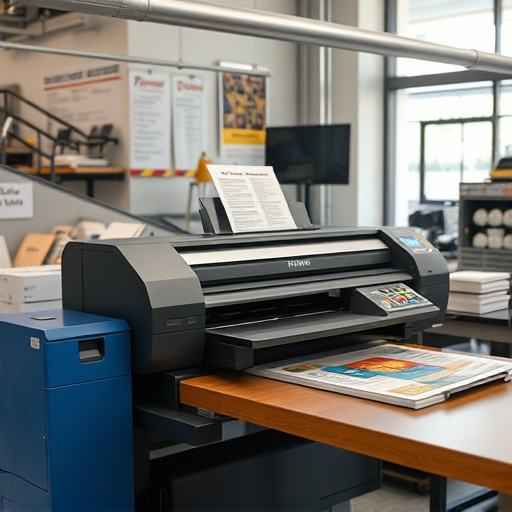
When it comes to printing on dark cotton fabrics using the DTF (Direct to Film) technique, selecting the right fabric is paramount for achieving maximum contrast and visually appealing results. Opting for high-quality, heavy-weight cotton ensures a robust surface for printing, allowing for crisp, clear DTG prints that truly pop against the darker backdrop. Look for fabrics with a tight weave structure as this prevents ink from seeping through, preserving the vibrancy of your designs.
Choosing dark shades like navy blue, charcoal grey, or even black provides an ideal canvas for DTF cotton printing. These deep tones create a stark contrast, making your artwork stand out vividly. Remember, the goal is to enhance the design rather than blend it into the fabric. With the right choice in fabric, you can produce stunning direct to film personalized hoodies with DTG prints that captivate viewers at first glance.
Mastering the DTF Process: Tips and Techniques for Success
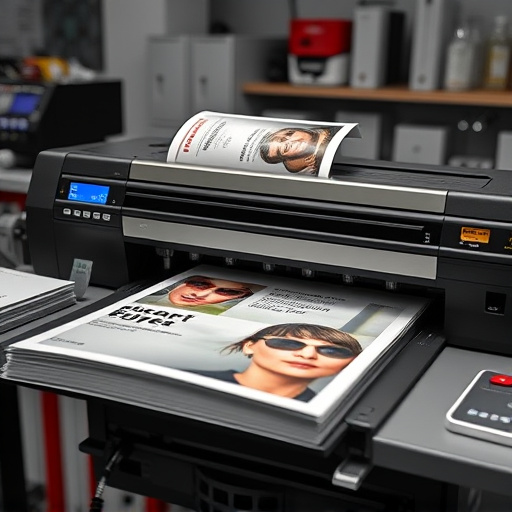
Mastering the Direct to Film (DTF) process for printing on dark cotton fabrics requires a blend of technical skill and creative experimentation. The key lies in understanding the unique properties of DTF transfers, which offer vibrant colors and crisp details when applied correctly. For best results with DTF cotton printing, start by selecting high-quality, smooth, and lightweight cotton garments suitable for this method. Pre-treating the fabric is essential; a mild detergent wash helps to ensure even ink adhesion.
Next, precise preparation of your design is paramount. Utilize vector graphics or high-resolution raster images, ensuring no pixelation when enlarged. While cold peel DTF transfers offer convenience, precise placement and pressure are crucial for long-lasting prints. Invest in a reliable direct to film printer with accurate registration capabilities. Experiment with ink types; reactive inks often yield the best colors on dark fabrics. Practice on test prints until you achieve consistent, vibrant results, allowing ample drying time between layers for optimal adhesion.
Printing on dark cotton fabrics using the Direct-To-Fabric (DTF) technique offers a unique and vibrant way to create stunning designs. By understanding the DTF process, selecting the appropriate dark cotton fabrics, and mastering the technique, you can achieve exceptional contrast and rich colors in your prints. This innovative method empowers designers and enthusiasts alike to explore endless creative possibilities, ensuring that their garments or textiles stand out with eye-catching, high-quality prints. Embrace the art of DTF cotton printing and unlock a world of design potential.


